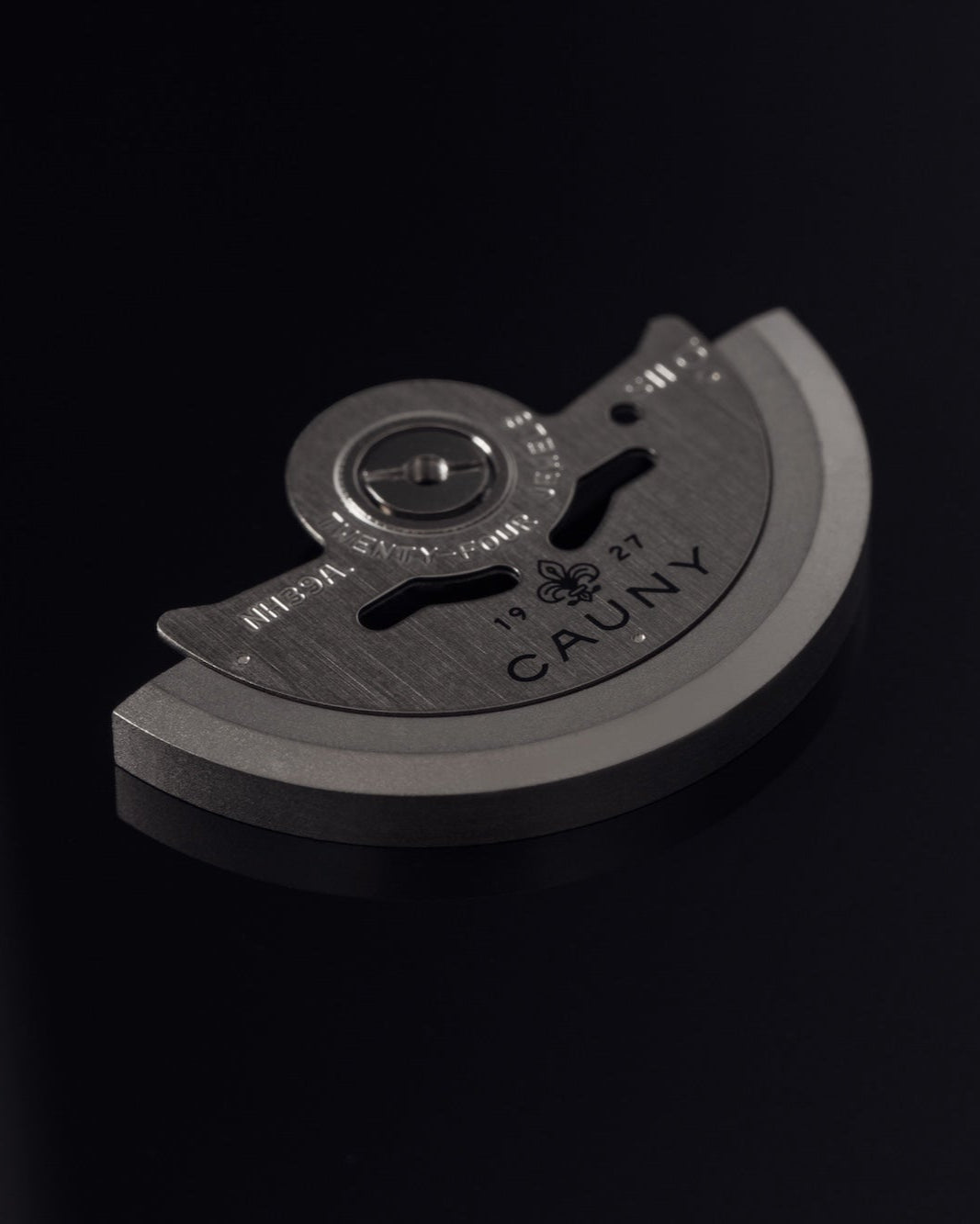The early days: 1770s-1930s
Swiss watchmaker Abraham-Louis Perrelet is often credited with developing the first known automatic mechanism for pocket watches around 1770. His design used a weighted oscillating rotor, much like today’s models, to harness the wearer’s movement to wind the mainspring.
He was shortly followed by Abraham-Louis Breguet, one of history’s most famous watchmakers, who refined self-winding mechanisms. But it was only in 1923 that British watchmaker John Harwood made the first commercially successful automatic wristwatch, followed 8 years later by Rolex, who revolutionized the field with the release of the Oyster Perpetual. This was first the wristwatch to feature a full 360-degree rotor, an innovation that allowed the watch to wind itself more efficiently and consistently, marking the true dawn of the automatic wristwatch.

Proliferation of Automatic Watches (1940s–1960s):
These practical benefits launched automatic watches into widespread adoption after World War II, making them a favorite among consumers. Cauny was one of the brands who thrived in this environment, offering high-quality automatic watches that resonated with a growing middle class seeking reliable and elegant timepieces.

The Quartz Crisis and Revival (1970s–today):
Automatic watches continued to flourish until the advent of quartz technology, which offered superior accuracy and affordability. These two characteristics disrupted the mechanical watch industry, threatening to render automatic movements obsolete.
However, in the 1980s, automatic watches went through a revival, as collectors and enthusiasts began to appreciate the craftsmanship, artistry, and tradition that these timepieces represent. This set the tone for today’s environment, where modern materials and techniques continue to improve performance, precision, and durability.





